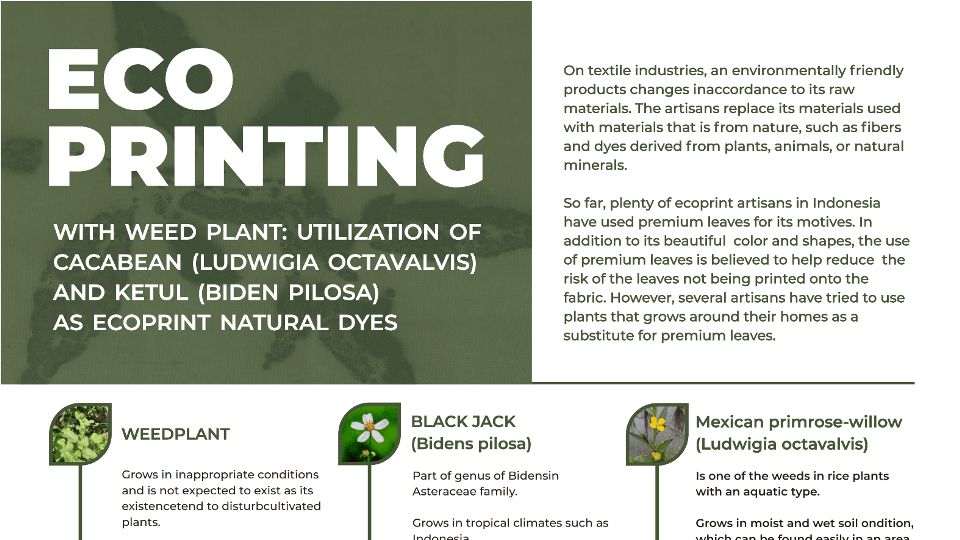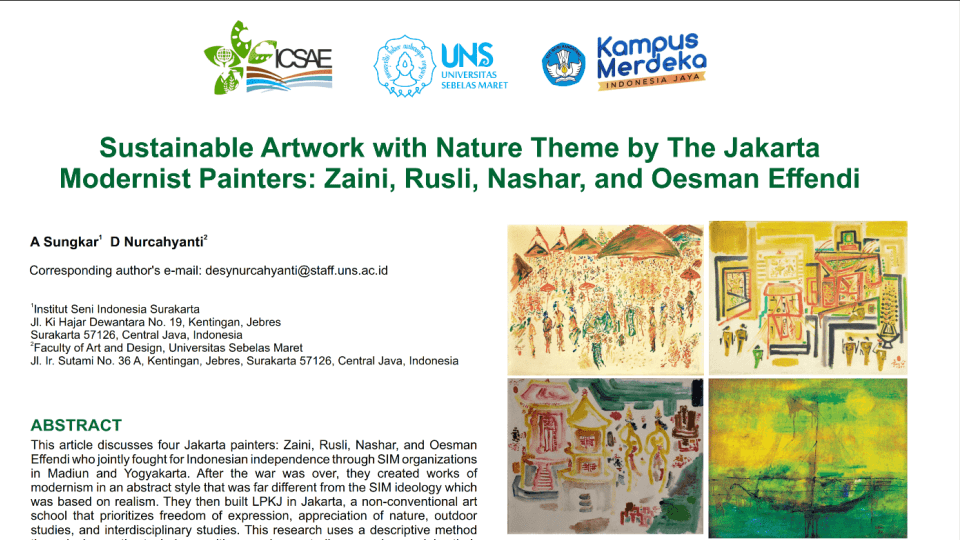Home » Poster Show 1 » ID14 Establishing a co-design framework for disaster mitigation
Paper ID: 14
Establishing a co-design framework for disaster mitigation agenda in the urban context. A Case study: SIBAT Solo
Andi Setiawan1*, Ahmad Ramdhon2, and Lira A Utami3
1Faculty of Art and Design, Universitas Sebelas Maret, Indonesia
2Faculty of Social and Political Sciences, Universitas Sebelas Maret, Indonesia
3Faculty of Art and Design, Universitas Sebelas Maret, Indonesia
*Email: andisetiawan@staff.uns.ac.id
Climate change impacts weather patterns significantly, one of which is the pattern and annual rainfall changes. One of the impacts on urban environment is the flood cycle which is increasingly difficult to predict. To deal with the threat of unpredictable flooding in urban areas, apart from the applying engineering approaches, another effort that can be established is to build community preparedness facing flood disasters. Involving citizens in a disaster mitigation system requires the right strategy and approach. This paper reports the initial research findings on applying the co-design method as a participatory approach in carrying out the work agendas of the community-based disaster preparedness community in Solo, Indonesia. This study uses a case study method of flood disaster mitigation practices by the SIBAT community. Design interventions through the co-design method are carried out to plan and implement the mitigation and flood emergency response. Preliminary results obtained from the field indicate that the local social and cultural context is essential in developing a co-design framework. These findings will later become the basis for building a co-design framework for implementing the flood disaster mitigation agenda in Solo.



